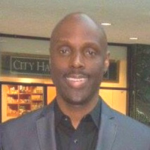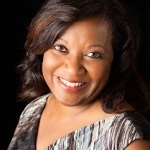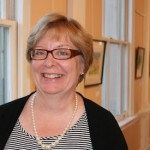
Mr. Robert Lynch
The Importance of the Arts in our Communities: Robert L. Lynch and Laura Zabel
Posted by Nov 02, 2015

Mr. Robert Lynch
October means something very important to the arts world and to communities throughout the United States -- National Arts and Humanities Month, now in its 30th year. Citizens of Minnesota have celebrated through numerous events that proudly showcase the state as an eclectic and dynamic artistic community, rich in cultural heritage.
It is fitting, then, that our capital city be the starting point for a nationwide dialogue exploring the future of local arts in America and the ways that community members can shape that future.
Read More


























 Roberto Bedoya
Roberto Bedoya
 John Davis
John Davis




